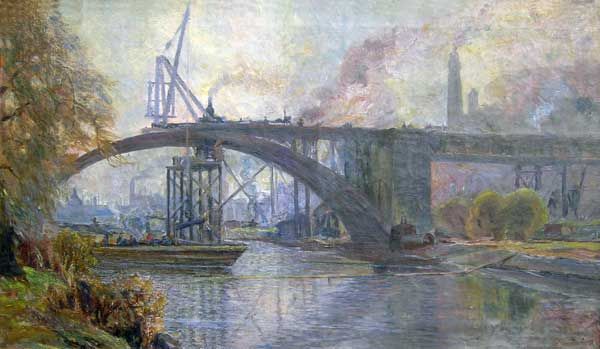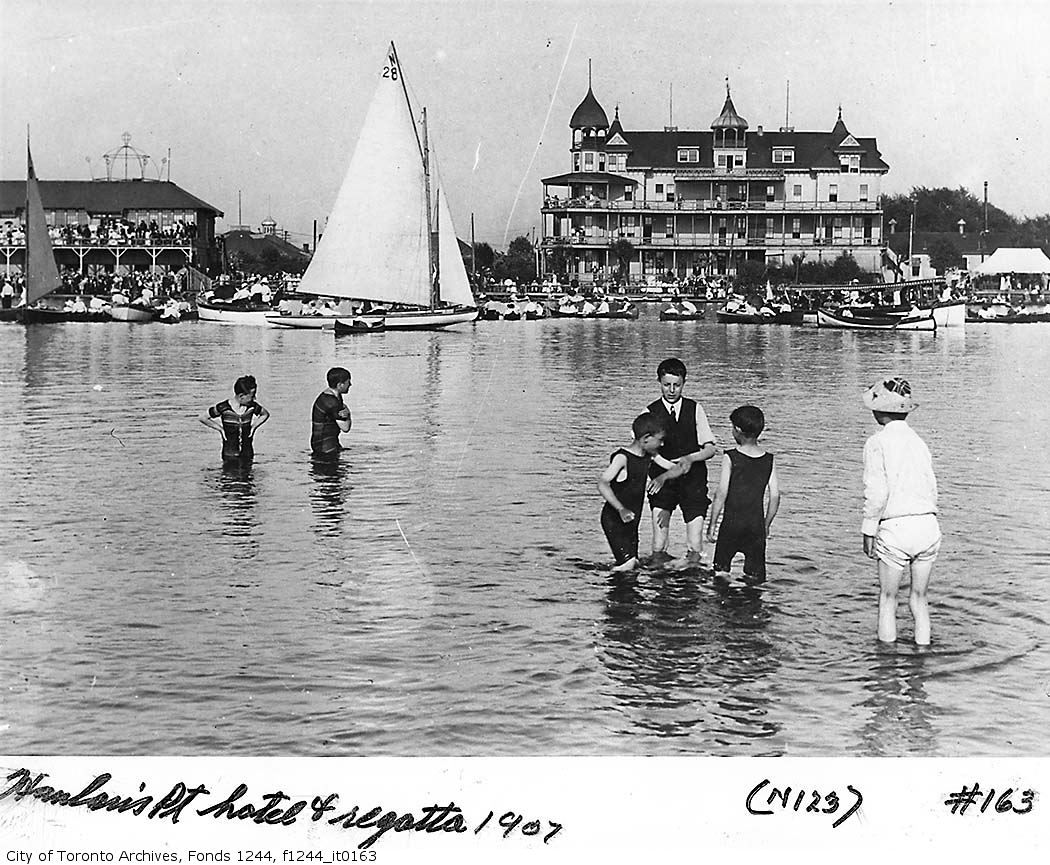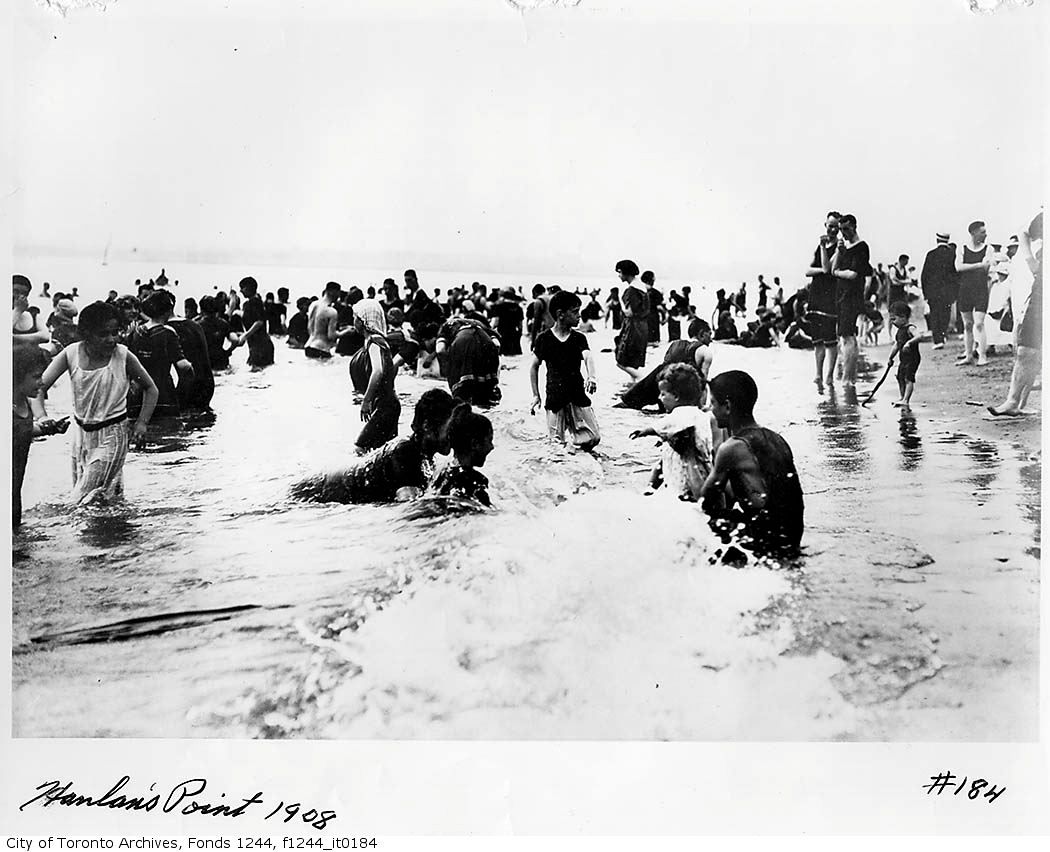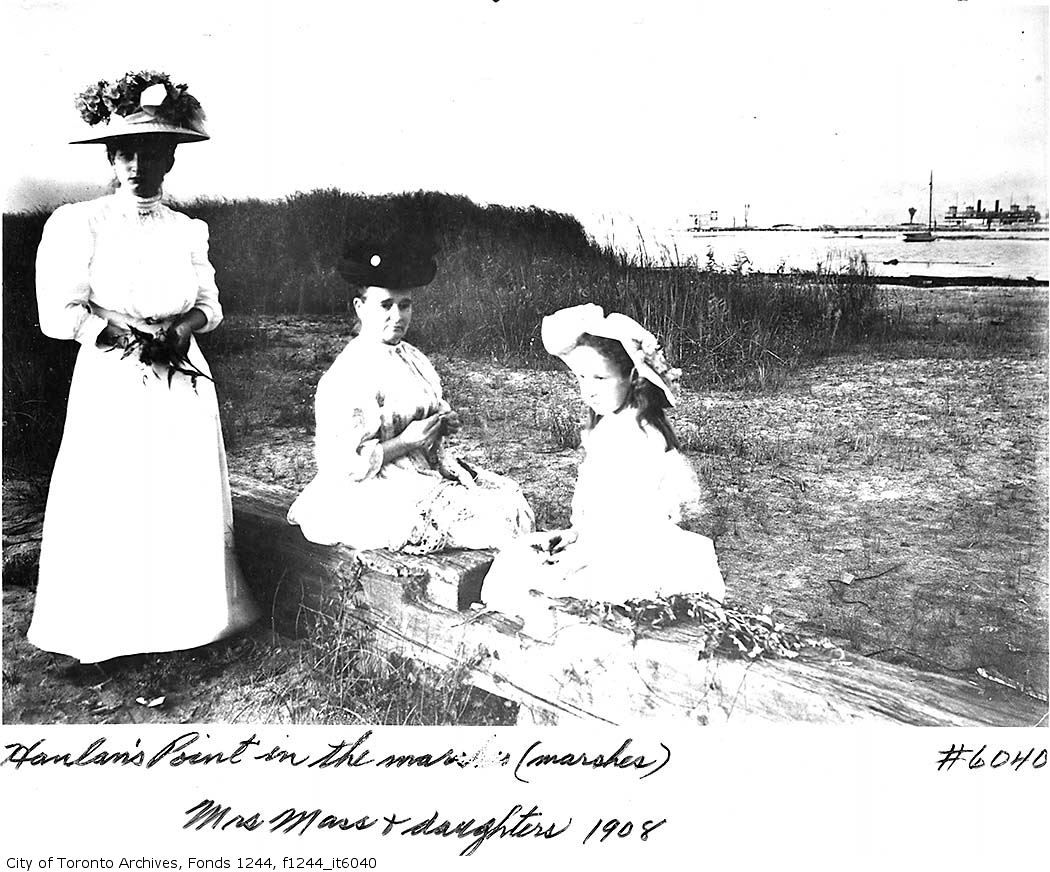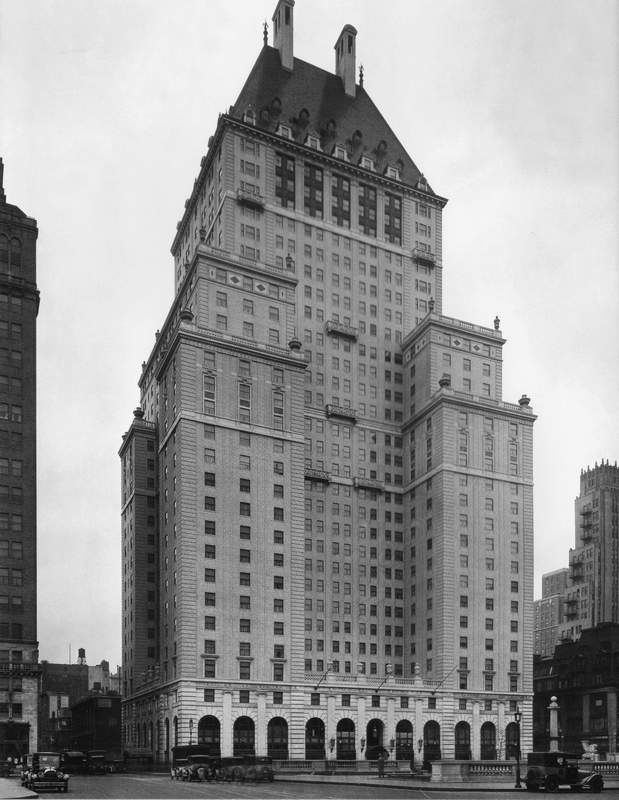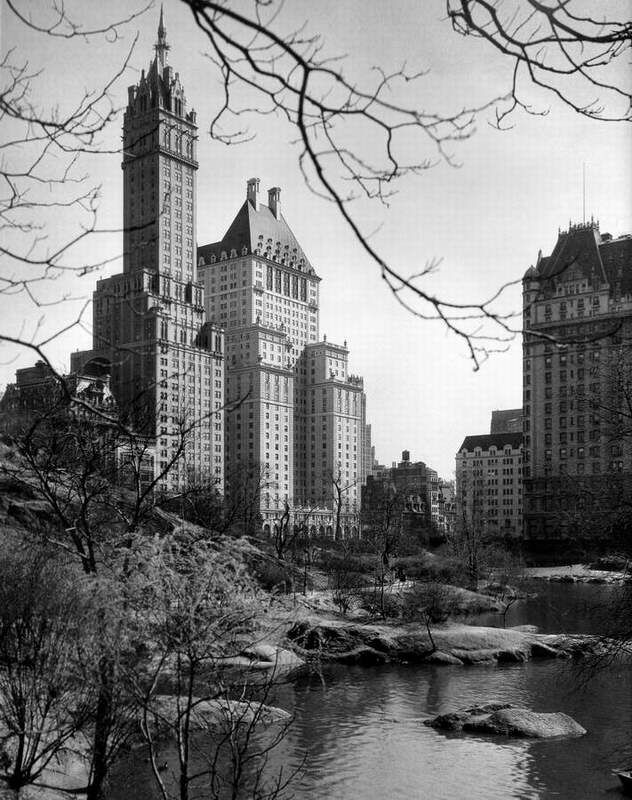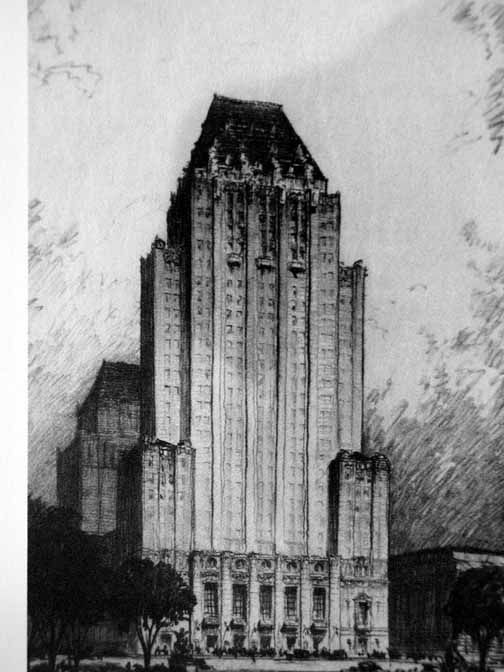adma
Superstar
Wasn't there another row of Thomas buildings that didn't survive the demolitions preceding BCE Place? I seem to recall some sort of outcry in the late '80s, and a last ditch attempt to save them. Maybe adma knows.
Don't recall precisely. More generically, I think there was concern about some of the facade-shuffling that took place along Wellington (and, of course, the CanCom bank facade driven inside), or just the "facadist" approach in general...







